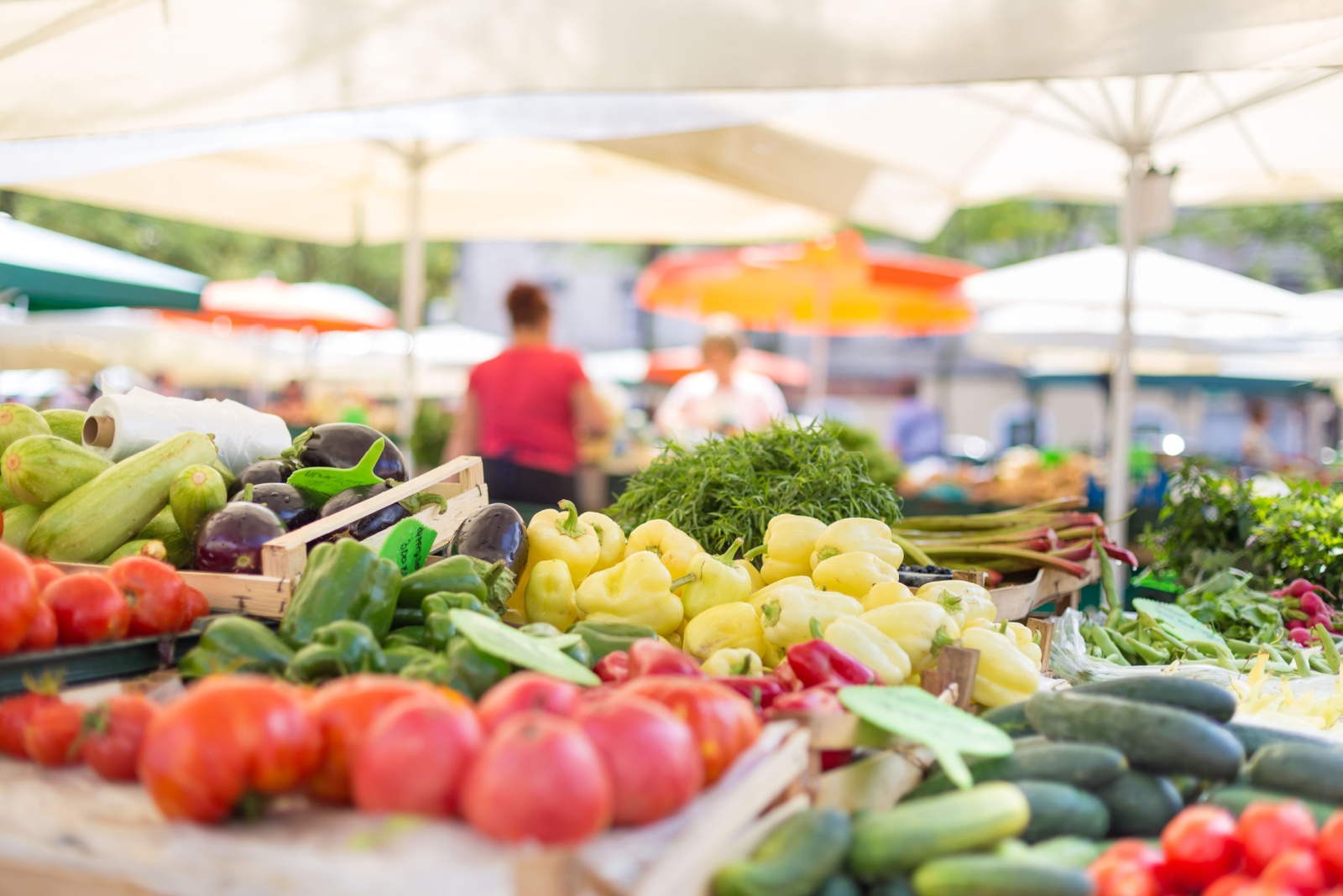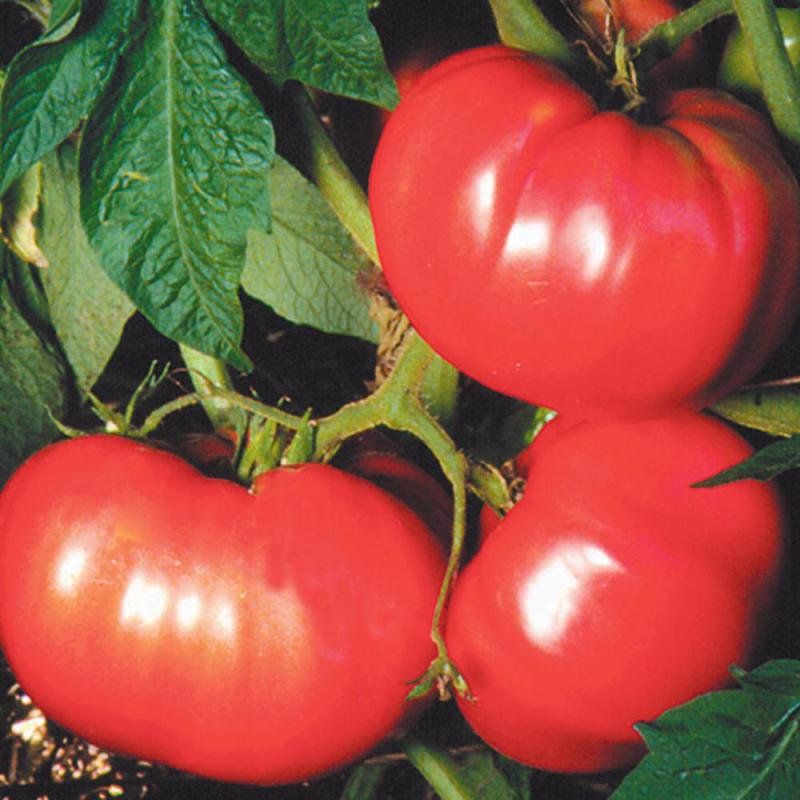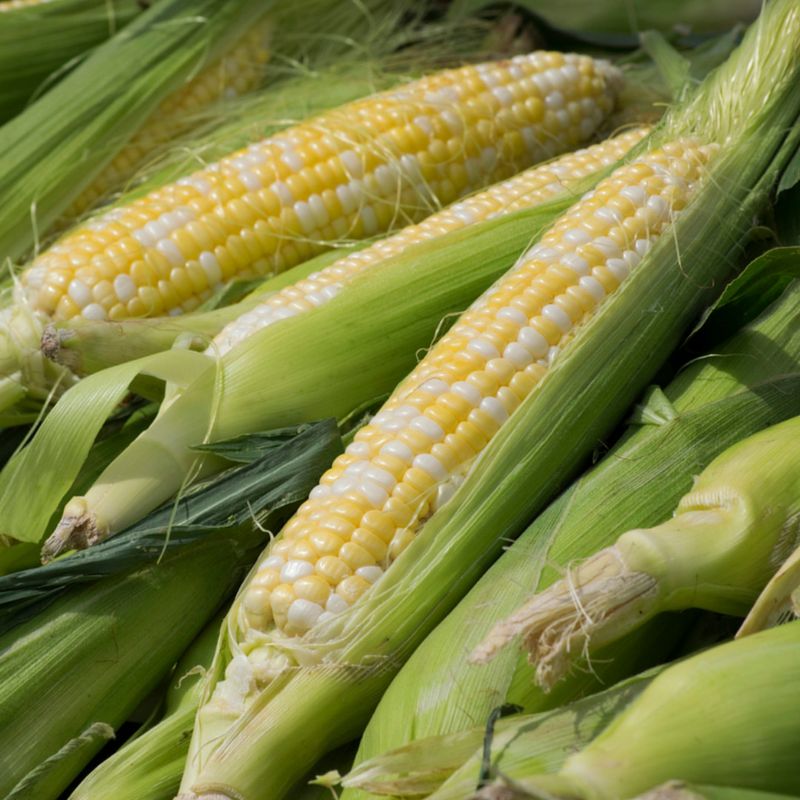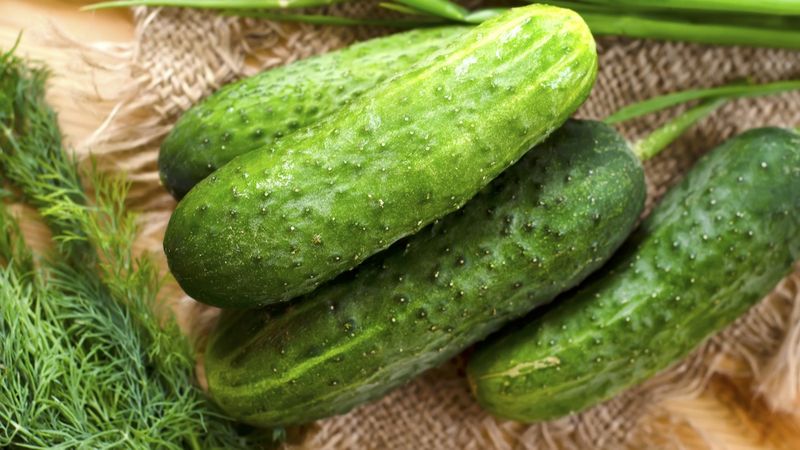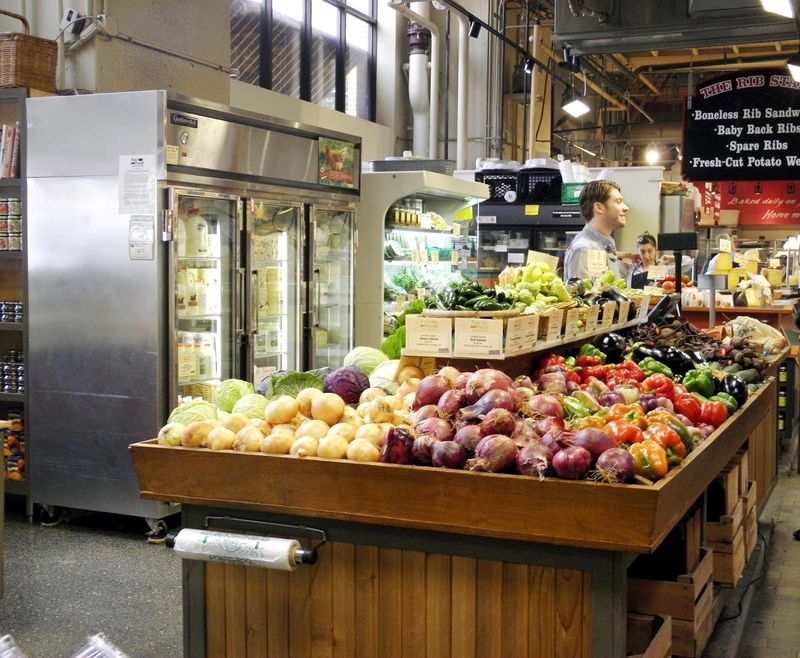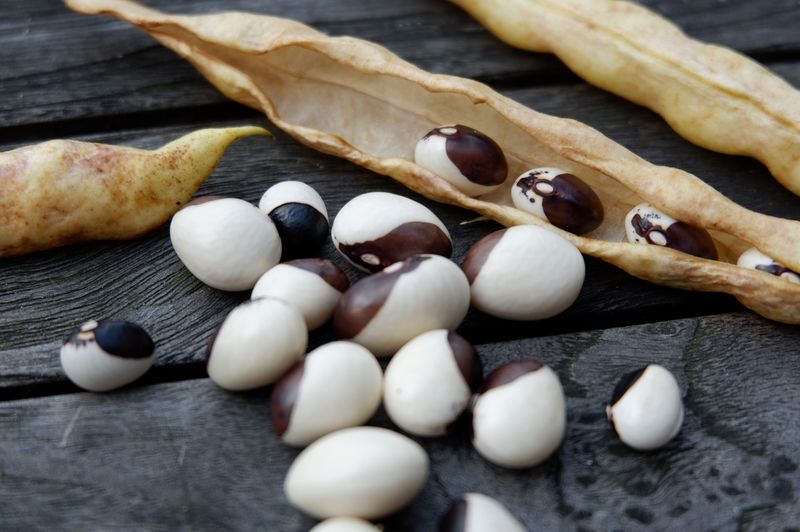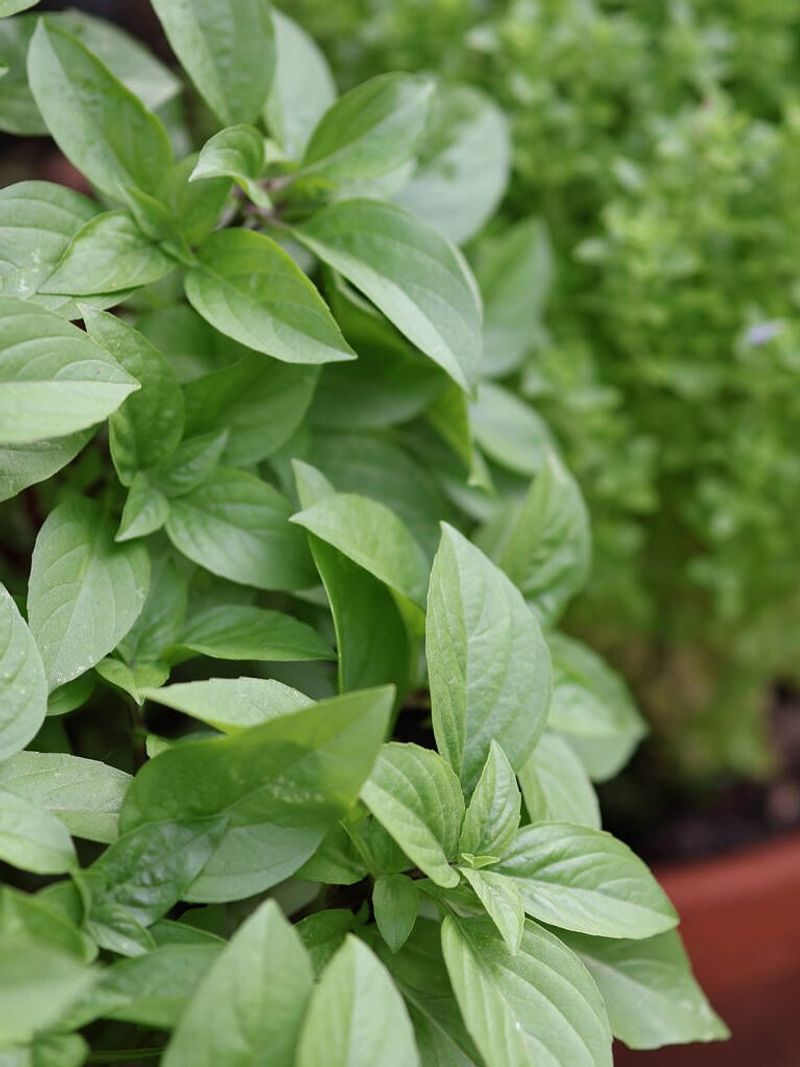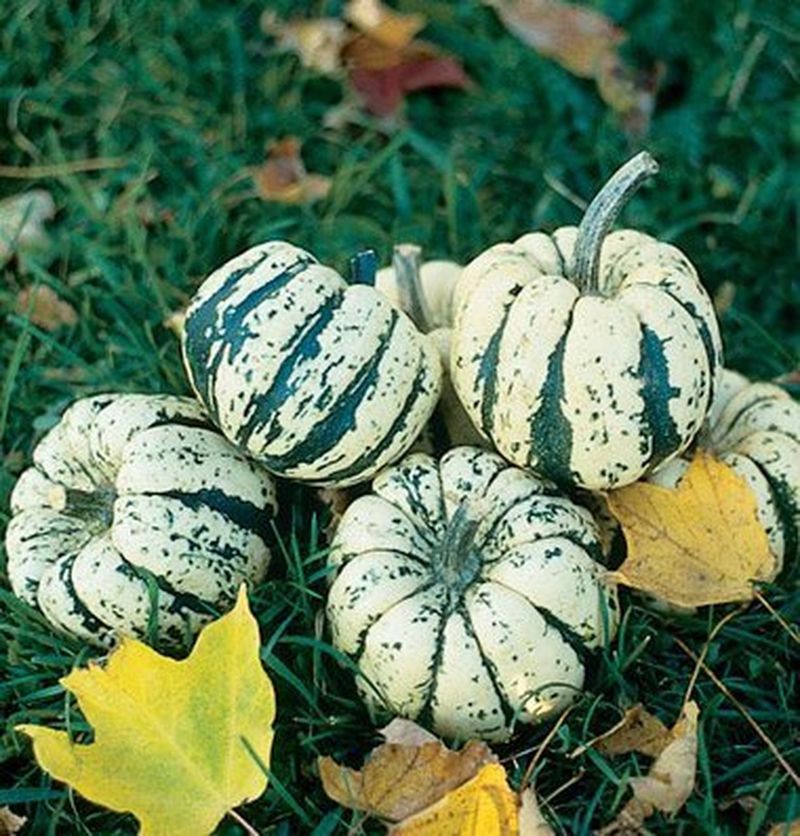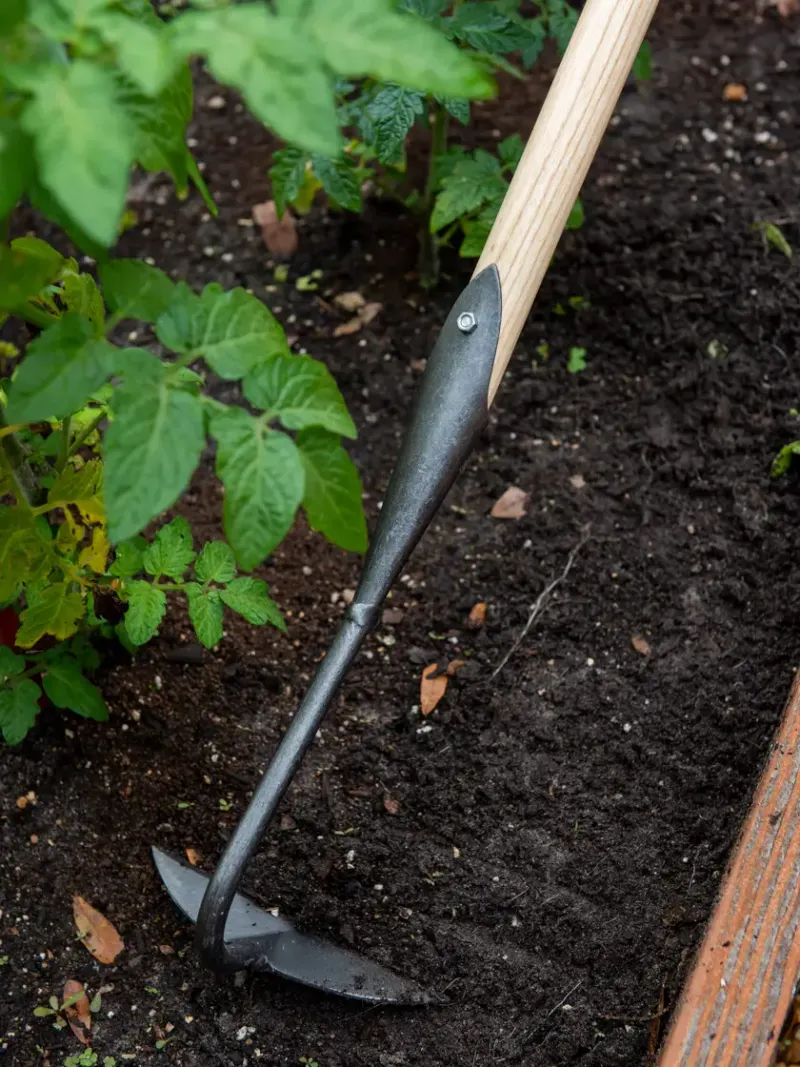Philadelphia’s Reading Terminal Market stands as a testament to agricultural traditions that span generations. The Amish vendors who set up shop several days a week bring with them not just produce, but centuries of gardening wisdom that directly shapes what appears on market tables each season.
Walking through the market last autumn, I found myself drawn to an Amish stand selling heirloom tomatoes that reminded me of my grandfather’s garden – imperfect shapes bursting with flavors long forgotten in commercial farming. These weren’t just vegetables; they were living history.
The relationship between Amish gardening practices and the market’s seasonal offerings runs deeper than most shoppers realize. From seed selection to harvest timing, these methods create a food experience that changes with each passing month, connecting urban Philadelphia to rural Pennsylvania’s agricultural rhythms.
1. Heirloom Tomato Varieties Preserving Family Legacies
Summer brings dozens of tomato varieties to Reading Terminal Market that you won’t find in supermarkets. Lancaster County Amish families save seeds from their best plants year after year, sometimes for generations.
These treasured varieties develop unique adaptations to local soil and climate conditions. Many Amish gardeners maintain detailed records of which tomatoes perform best in different weather patterns.
Market shoppers benefit from this dedication through access to Black Brandywines, Yellow Mortgage Lifters, and striped Green Zebras – each with distinct flavors that commercial growers typically sacrifice for shipping durability.
2. Sweet Corn Cultivation Following Moon Phases
Many Amish farmers at Reading Terminal Market plant corn according to lunar calendars, a practice passed down through generations. They believe planting during specific moon phases leads to stronger germination and sweeter yields.
The results speak for themselves when summer corn arrives at the market. Customers often comment on the exceptional sweetness compared to commercially grown varieties.
Hand-selection plays a crucial role too. Rather than mechanical harvesting that picks everything at once, Amish growers check each ear individually for peak ripeness, ensuring market-goers get corn harvested at its perfect moment.
3. Pickle-Perfect Cucumbers From Natural Pest Management
Chemical-free growing methods produce the crisp cucumbers found at Amish stands in Reading Terminal Market. Instead of synthetic pesticides, companion planting with nasturtiums and marigolds naturally deters cucumber beetles.
Hand-picking at precise sizes ensures perfect pickling specimens. The Amish harvest method – cutting rather than pulling – prevents vine damage and extends the productive season.
Market visitors benefit from these careful practices when purchasing both fresh cucumbers and preserved pickles. The distinctive crunch and clean flavor profile come directly from these natural growing techniques that have remained unchanged for centuries.
4. Root Vegetable Storage Techniques Extending Winter Offerings
Winter months at Reading Terminal Market showcase the Amish mastery of root cellaring. Traditional underground storage pits maintain ideal humidity and temperature without electricity, preserving carrots, beets, and turnips for months.
Sand layering prevents vegetables from touching while controlling moisture. This technique, refined over generations, allows Amish vendors to offer crisp, flavorful root vegetables long after harvest.
Careful variety selection further enhances storage quality. Amish gardeners favor specific carrot and potato varieties known for keeping qualities rather than just appearance, ensuring Philadelphia shoppers access fresh-tasting produce throughout winter.
5. Heritage Bean Varieties Sustaining Year-Round Protein Sources
Lancaster County Amish gardens feature remarkable diversity in bean varieties. Spotted, striped, and uniquely colored beans fill Reading Terminal Market stands, each with stories tracing back to European and Native American origins.
Succession planting techniques keep fresh beans available throughout growing seasons. Staggered plantings every two weeks ensure continuous harvests from June through September.
Seed saving from these open-pollinated varieties preserves genetic diversity increasingly rare in modern agriculture. Market customers benefit from both fresh beans in summer and dried varieties in winter, providing year-round access to these protein-rich foods grown using traditional methods.
6. Cabbage Cultivation Supporting Traditional Fermentation
Fall brings massive heads of cabbage to Amish stands at Reading Terminal Market. Growing techniques emphasize density rather than size, producing tight heads ideal for long-term storage and fermentation.
Timing plantings for harvest after the first light frost naturally increases sugar content. This traditional knowledge yields sweeter sauerkraut and coleslaw that many market regulars specifically seek out.
The connection between field and fermentation jar becomes evident when Amish vendors offer both fresh cabbage and prepared sauerkraut side by side. This complete cycle represents a food system where nothing goes to waste and preservation extends the harvest.
7. Fresh Herb Growing Practices Enhancing Culinary Traditions
Herbs arrive at Reading Terminal Market with soil still clinging to their roots. Amish growers often transport entire plants rather than cutting stems, maintaining freshness and allowing herbs to continue living until purchase.
Careful companion planting in Amish gardens naturally enhances essential oil content. Basil grows alongside tomatoes while dill neighbors cucumbers, relationships that intensify flavors and deter pests without chemicals.
Market shoppers receive not just ingredients but living connections to traditional growing methods. The intense aroma of these herbs comes from cultivation practices that prioritize flavor development over yield or appearance – a hallmark of Amish gardening philosophy.
8. Seasonal Squash Diversity Reflecting Traditional Preservation Methods
Summer brings delicate zucchini and yellow squash to Reading Terminal Market’s Amish stands, while autumn ushers in hard-skinned varieties designed for winter storage. This seasonal progression reflects traditional preservation needs rather than market trends.
Hubbard, butternut, and acorn squashes displayed in fall aren’t just decorative. Their thick rinds develop through specific growing practices that reduce watering late in the season, concentrating flavors and improving storage capability.
The market’s seasonal squash rotation connects Philadelphia customers to agricultural rhythms followed for generations. These varieties, selected for both cooking quality and preservation potential, represent practical gardening knowledge refined through centuries of experience.
9. Berry Cultivation Following Natural Growth Cycles
Strawberries appear at Reading Terminal Market’s Amish stands weeks after supermarket varieties arrive. Natural growing methods without season-extending plastics or chemicals mean berries ripen according to genuine seasonal patterns.
The wait proves worthwhile when tasting these intensely flavored fruits. Last June, I purchased raspberries that reminded me what berries tasted like before commercial breeding prioritized shipping durability over flavor.
Hand-harvesting ensures only perfectly ripe berries reach market stands. This labor-intensive approach means berries appear for shorter periods but deliver superior taste experiences that connect Philadelphia shoppers to natural growing cycles largely forgotten in modern agriculture.
10. Soil Building Practices Creating Distinctive Flavor Profiles
Behind every vegetable at Reading Terminal Market’s Amish stands lies generations of soil management knowledge. Cover cropping with clover and rye between growing seasons naturally rebuilds nutrients without synthetic fertilizers.
Compost creation follows specific recipes refined through decades of observation. Plant materials, animal manures, and careful turning schedules create living soil amendments that support microbial diversity.
These practices produce vegetables with mineral complexity absent in hydroponically grown alternatives. Regular market shoppers often comment they can taste the difference in produce grown in these carefully tended soils – a direct connection between land stewardship and food quality.

